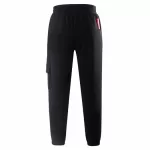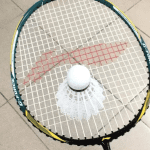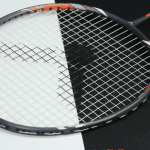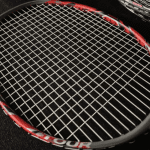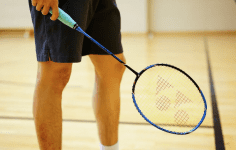
Badminton Racket YONEX VOLTRIC FB Reviews
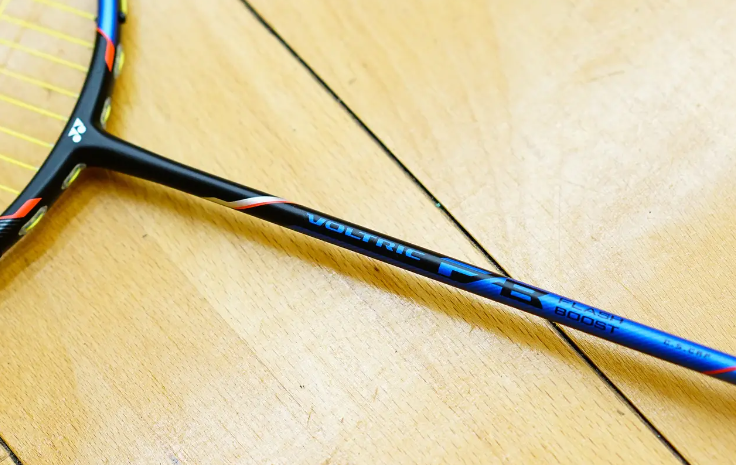
I remember when YONEX launched the ARC-FB in 2013, I felt that I would witness a new wave of equipment changes, after all, my own racket from wood aluminum alloy to carbon fiber when I was still uninformed, did not feel the charm of the technology, but just used it as a tool as a matter of course. And 6U FB, is so bold, I even wrote a series of articles to analyze the advantages and disadvantages of lightweight racket and the direction of development. It’s just a pity that at that time, the 6U weight ARC-FB seemed to bring only a wave of unqualified ultralight rackets that competing brands hurriedly followed up, and all they were selling was a concept. Looking back a few years later, even in the past two years, there are also and FB the same real ultra-light racket, it is only to give consumers one more choice, that year I was also white excited. But the current mainstream of badminton rackets does show signs of moving from 3U to the lighter 4U, which can be attributed to the YONEX VT series: the powerful offensive performance is fascinating, but 3U is really difficult to manage, and 4U is much more approachable. So the question is, how would a 5U VT series feel?
So it comes as no surprise that the VT series is also getting its own FB ultra-lightweight racquet, after all, lightweight is a very welcome decision for amateurs at this point in time to lower the barrier to entry for powerful attacking racquets.
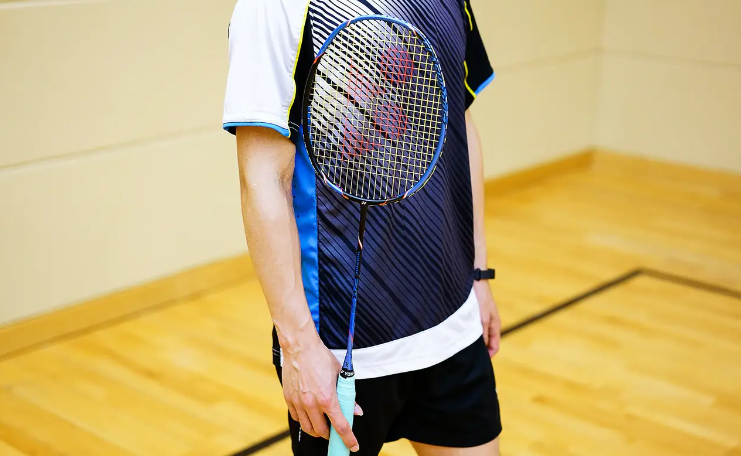
This time I got my hands on the blue-colored VTFB, and the real thing looks a bit different from the photos I’ve seen before: I thought it was a continuation of the FB’s eye-catching bright blue color, but it’s actually closer to the frost blue color of the DUORA10LCW, and with a metallic finish. Taken on its own, the frost blue metallic paint is stunning, with even and subtle reflections; it’s also beautiful when combined with the semi-matte black basecoat, which nicely contrasts the coldness of the metallic frost blue.
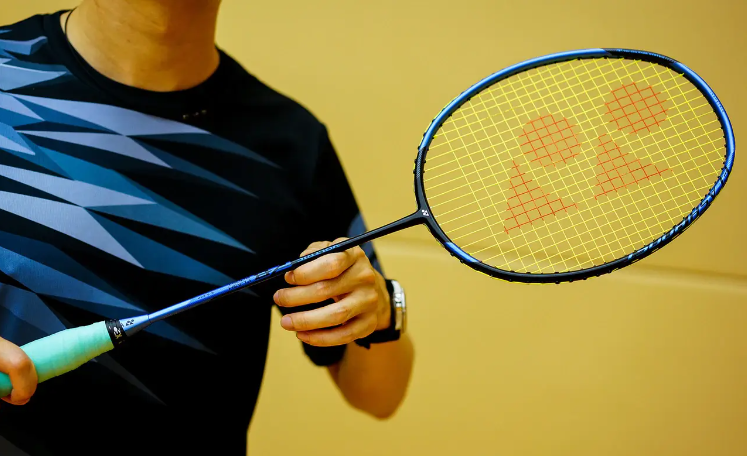
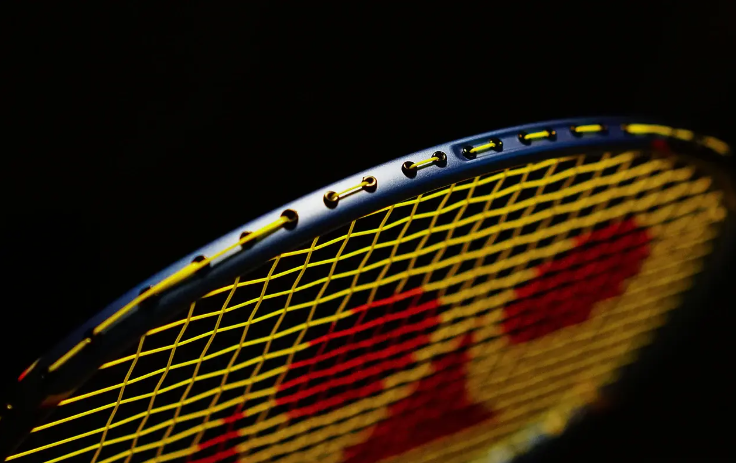
In other details, however, YONEX’s paint job remains at the top of its game. The font design is eye-catching and powerful, and the printing edges are clear and neat, so even the smallest characters can be read clearly.
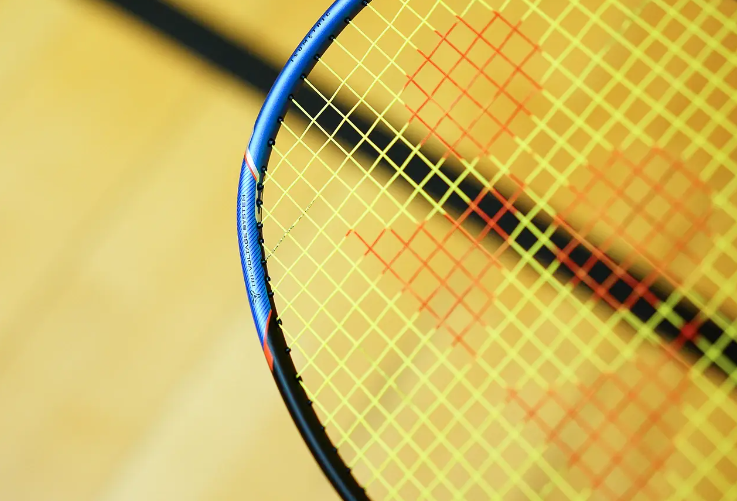
The VTFB follows the classic configuration of the VT series: a larger racket face, a 205mm long handle, a 220mm long center tube, and a three-point projecting VT frame. It can be said that excluding its 5U weight, it is not much different from a VT80. The half-frame grooves and thickened rubber grain, it seems that VTFB has learned from AFB’s experience, and the protection against collapsing is even stronger.The T-head double spikes are transparent, I don’t know what’s the difference between them and normal black double spikes except for the color.The hardness of VTFB’s middle barrel is beyond imagination, it’s a lot stiffer than that of AFB, and it’s more than that of the VTLDF that I’ve been holding, and is close to the level of the VTZF2. The frame hardness is moderate, the string bed layout is optimized for 76 holes, and the head has a smaller no-crossing area, which is good for prolonging string life.
Actual combat:
YONEX VOLTRIC FLASH BOOST
5UG5 76-hole Power Triangle System Frame
Racket surface area: large
Racket weight (including rubber/film/string): 89.25g (empty 79.01g)
Balance point: 296mm, -4mm balanced (296mm-300mm).
Swing Weight: 82
Handle length: 205mm
String: YONEX BG66 FORCE, YY four knots, 24 lbs.
Stiffness: Frame – medium, center barrel – hard, stroke hardness – on the hard side.
Vibration: Low
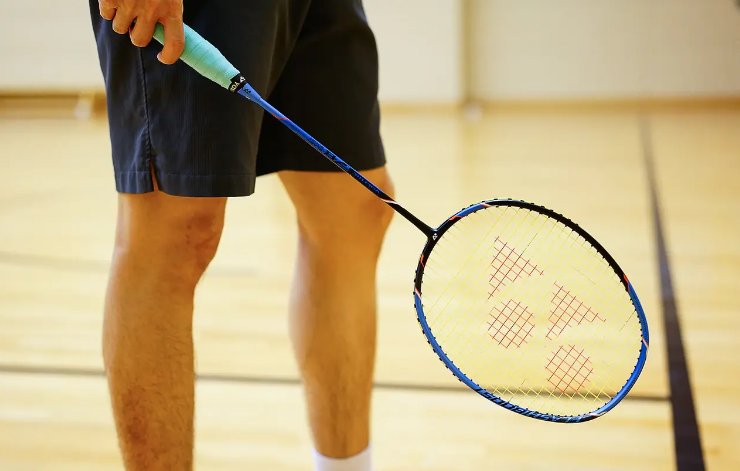
I’ve kind of played a lot of 5U lightweight racquets since the ARC-FB, and I’ve played at least a few of the higher-end ones for a short period of time. Unlike the ARC-FB and other racquets that have a more pronounced whipping feel, the VTFB has a very stiff and dry feel, with a direct power transfer and very little stickiness, and its 5U weight and low swingweight make it very easy to drive, making it a very efficient power transfer racquet.
Because the VTFB is such an efficient and easy to drive racquet, the overhead is an area where it excels. Normal draws save energy, and with backhands and passive overheads that are not easy to drive, it really improves the quality of your shots – just in terms of depth. It makes your shots more on point, but it doesn’t help much with ball control, and it can even be said that it’s harder to control the ball. It’s not hard to control the power on passive, and there’s no cushioning redundancy on a dry VTFB, so if you accidentally push too hard, the ball is just going to go straight to the out-of-bounds area.
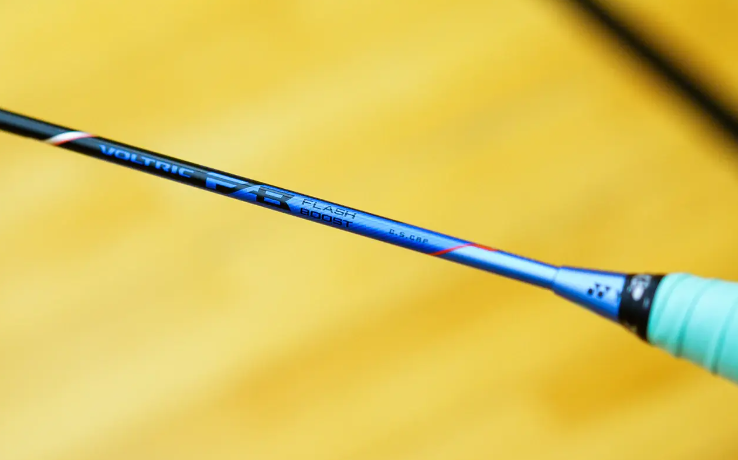
However, when it comes to less forceful movements such as lofting the ball over the net, VTFB’s maneuverability is pretty good, as it hits the ball directly and crisply, and as long as you have enough time to control your force, the ball will be hit as you envisioned, faithfully displaying your own ball control strength. Of course, there are some ball handlers who prefer a thicker feel with a more viscous hold, and VTFB is not one of them.
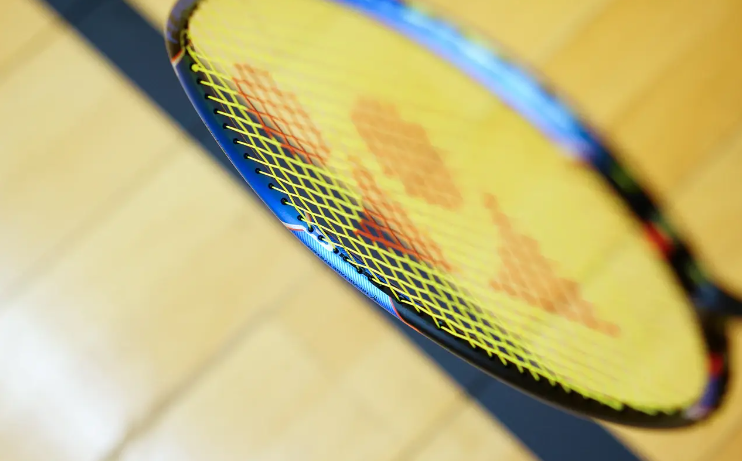
With a hard center tube plus light weight, the VTFB is undeniably flexible. Therefore it is extremely agile and fast in doubles. It’s perfect for flat draws and pushes, and it’s as fast as you can react. However, its light weight makes it a threat to hit fast and sharp shots, which is a test of finger power and instant arm strength. It can create a lot of deadly mid-court shots for players with little power but excellent launch, but if power and launch are both good, it won’t be able to deliver the faster and heavier shots that the NR900 does, after all, weight determines an upper limit.
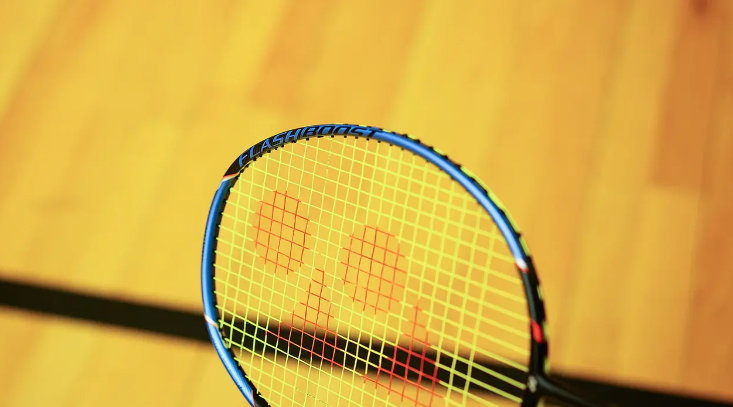
When it comes to key backcourt offense, VTFB’s point/hit is very good, this kind of offense does not use much force and requires suddenness, so lightweight and efficient VTFB is naturally suitable for it: small inertia with the swing after the point, and it can be adjusted to the next shot very quickly, and the efficient transfer of power allows a little bit of power to hit the point with objective speed. However, when it comes to full power kills or even jump kills, VTFB is not comparable to other VT series brothers such as VTLDF. Of course, this is not to say that its kills are bad, in fact, I like the feel of VTFB’s kills, full VT series style, feel the ball leave the racket quickly after hitting, no lag, crisp and refreshing, loud, and not shocking, it’s really a very good attacking racket for players who have limited absolute power. However, it is like a battery, despite using a lot of technology to improve the efficiency of its charging, but the power is a thousand mAh, if you are a two thousand mAh slugger, it is not able to carry your power. Therefore, it may be a little better than ARC-FB in the back court offense, but if you are full of power, you will feel that VTFB can’t pour out your full power, and it will even shock your muscles: the reasoning is just like releasing an empty bow with a full string, VTFB can only take away a part of the power, and then VTFB doesn’t have a big swing to consume the excess power after hitting the ball like ARCFB, and it has no place to dissipate, so you will feel the impact on your muscles. There is nowhere to dissipate it, so it hits the muscles and doesn’t feel comfortable. At the same time, if the attacking force is too large, the VTFB will have a hard time controlling the ball, and going out of bounds is rather outrageous.
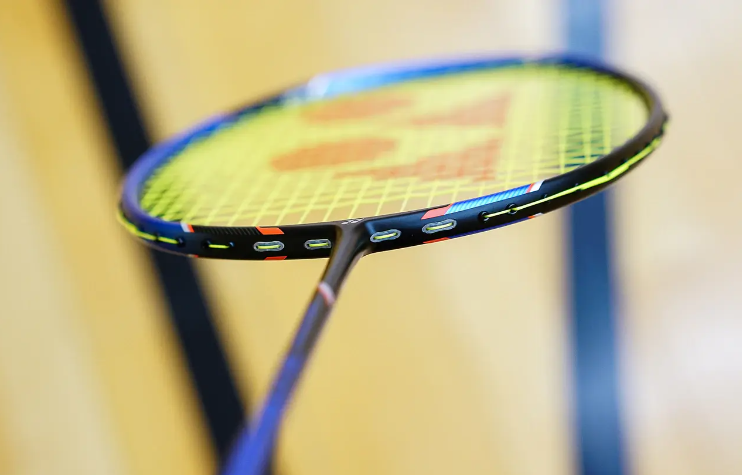
The VTFB is not an upgraded version of the ARCFB, but offers a lightweight racket option with a different feel. It does carry the joy of hitting of the VT series, with a hard yet crisp feel, and a low handicap, efficient and flexible stroke, making it a good amateur attacking racket. It is best suited for medium level amateur attackers, but the power is not very impressive, and the experience can be taken to the next level, if you have some power base. It allows you to enjoy the thrill of offense without risking arm injury, and the speed of the ball is still one of the fastest among lightweight rackets. However, for high level attackers or very powerful players, the VTFB struggles to utilize their full power, and its ball control on hard shots is poor, so other VT series racquets would be a better choice.



